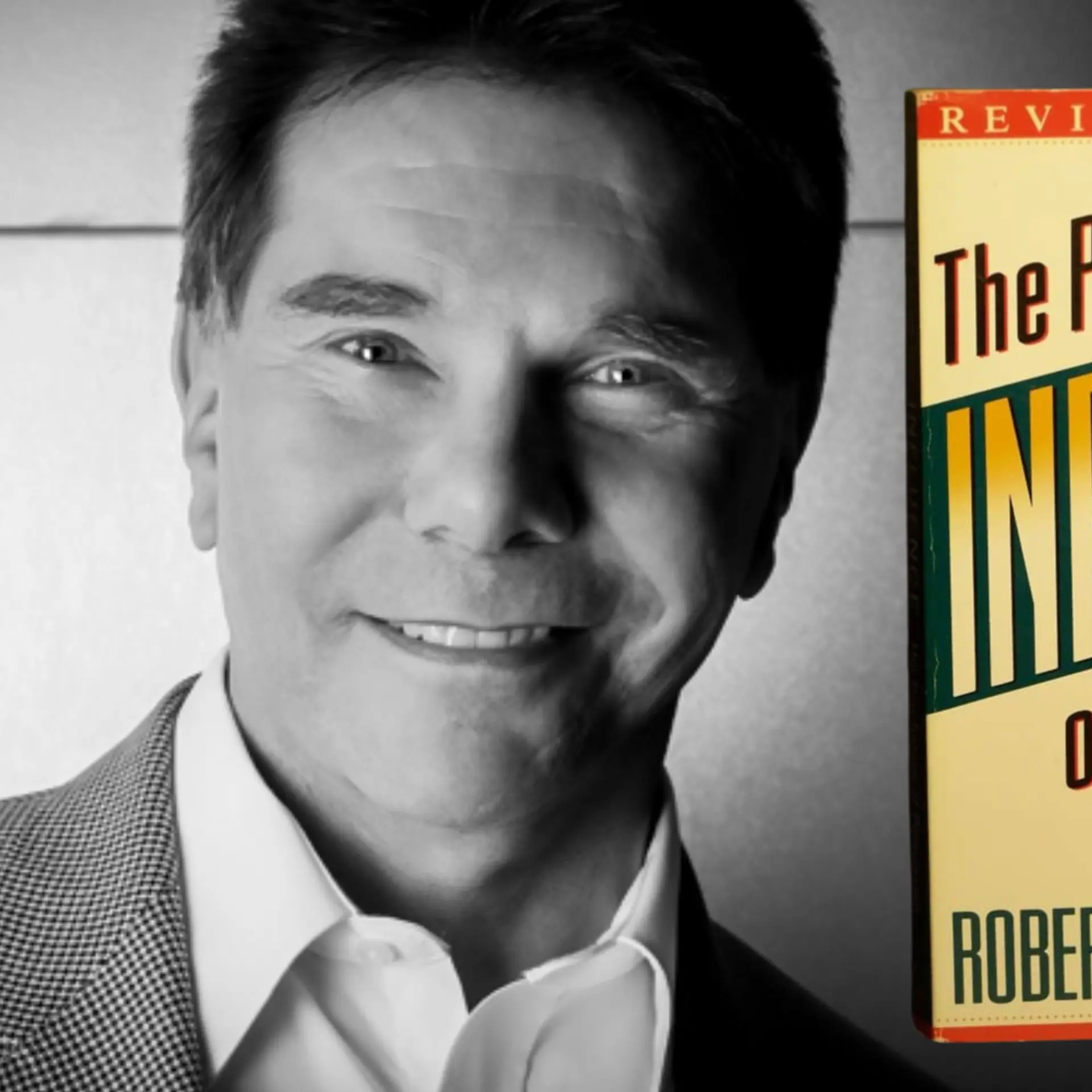While we wage social media wars against terrorists, this Mumbai-based structural engineer chose conservation as his weapon
Over 68 daunting hours had passed since the gunfire and explosions stopped during what later came to be known as the 26/11 attacks of 2008. The dust and debris had finally settled. “Broken and yet resilient” was how the Taj Mahal Palace Hotel came to be described. Despite this resilience, however, there was a mammoth task ahead. Walking through shards of broken glass, burn marks, and wooden splinters, Chetan Raikar couldn’t help but feel a sense of anger, loss, and sorrow.
“There were so many mixed and charged emotions. How can someone hold our heritage to ransom and break into the heart of our history? As a civil engineer, I cannot pick up a gun and fight. My fight against the terrorists was restoring the structure in the fastest possible time. It was the only way I knew of getting back at the terrorists,” says Chetan.
A conservationist, Chetan has always believed himself to be a civil engineer and not an architect. While he has several of Mumbai’s structural and conservation projects in his kitty, he is most noted for the structural restoration work he did on the Taj after the 26/11 attacks. The fact that he quoted Rs 1 as the cost of consultancy makes the project all the more noteworthy.
Beginning his civil engineering career in the late 1980s, Chetan joined his father’s company, Structwel, a 50-year-old family business. Always keen on taking on structural engineering projects, Chetan got his first conservation project in 1990. In 1961, Chetan’s father had been the first civil engineer, and today there are close to three-and-a-half generations of civil engineers and architects in the family.
From his younger days, Chetan has found inspiration in his father, the source of his interest in civil engineering, which he believes is a great applied science that gives you the opportunity to serve society.

Every building has an original concept
The Standard Chartered Bank building restoration project had come to Structwel, which is an engineering and repair consultancy firm. Apart from repairs, they also wanted to conserve the Standard Chartered Bank building on MG Road, Mumbai, as it was. Believing that conservation is repair without changing the basic fabric of the structure, Chetan took on the project.
“I didn’t have any formal training in conservation, but I believed and followed one principle — why change something that is already structurally sound and looks good? You don’t have the right to change the original concept of the building,” says Chetan, and it was with this principle in mind that he took on the restoration project.

Soon, projects started coming in, and Chetan also got the project of restoring Chhatrapati Shivaji Terminus (CST), previously known as Victoria Terminus, in 2007. Work on this structure got recognition, as it was a World Heritage Site, and Chetan soon got the mandate for the Mayor’s Bungalow and the Gateway of India.
Having reservations about being called an architect, Chetan had, at the age of 45, taken on a distance education PG course in conservation at the Heriot Watt University of Edinburgh in 2011.
Also read: How Prahlad Kakar found value at the end of every rainbow
Working a united cause
Little did Chetan realise that he would soon have to work on a massive restoration project, closely watched by the world. When the 26/11 attacks took place, Chetan was in Delhi, attending a wedding. The Indian Hotels Company Limited (IHCL), which was a client of Structwel, got in touch with Chetan and asked him if he would look into the restoration of the Taj. After returning, the first order of business was visiting the site and assessing the quantity of damage.

Speaking of this site visit, Chetan says that the entire sixth floor, which was made of wood, was burnt down. The tower portion of the structure, with the broken window panes and granite damage, was completed with 23 days. As this portion was essentially an RCC structure, the team were able to bring in their existing RCC expertise to finish the restoration quickly.
However, the main palace portion took the team eight months to finish. Cost, Chetan says, was the last thing on his mind. As Chetan had quoted Rs 1, IHCL appointed Shapoorji Pallonji as the main restoration Contractor for the project execution - that is - procuring of materials and other execution works. The interiors had to be redone and structural changes had to be made. Chetan handled the latter but left the interiors to the experts, because it wasn’t his forte.
Also Read: Son of a farmer from Madurai, this CERN scientist builds a unique device for agriculture

“Chetan’s office and space was completely open for us. We would spend most of our time there figuring out plans. He kept a complete open door policy. Chetan is a proud Indian — as far as I remember, he simply refused to charge us anything. The work done was exemplary, everyone was hands-on, and was available for the restoration,” says Arindum Mukherjee, who was working as the Director of Projects at Taj eight years back.
Understand the language of a structure
Being a Mumbaikar, for Chetan, not only did the Taj have a deep historical and heritage value, but it was also an important part of the city’s landscape. It was a structure that he and many others who have lived in Mumbai all their lives have associated as the face of the city. Naturally, any damage to the face of the city couldn’t be taken lightly.
It is believed that JRD Tata built the hotel when he was denied entry into the city’s then-grandest hotels. He is said to have taken sweet revenge by building a hotel that was of five star quality and open to Indians.

“It was constructed for patriotic reasons, and I didn’t feel right charging for such a cause. The Taj is a heritage structure and as an Indian I owned it too,” says Chetan.
It has been eight years since the restoration and restructuring of the Taj. Chetan continues to do several restoration and conservation projects across the country, and is currently working on projects along the Konkan region. He also has restoration projects in Rajasthan and Gwalior.
He strongly believes that the basics don’t need any change. Of course, one can choose to put in air-conditioning and other modern amenities in heritage structures, but it can be done in a simplistic way. Chetan believes it is important to reuse as many original materials as possible and more important is not to add modern elements to structures. That, he says, is pure conservation.
“Each structure is living and has a soul. In most cases, the structure talks to you, provided you know the language. Conservation isn’t just a science; it is also understanding the language and needs of the structure, which doesn’t change. Whether it is a building built in 1905 or 2016, the needs don’t change and if you understand that, conservation cannot go wrong,” says Chetan.







